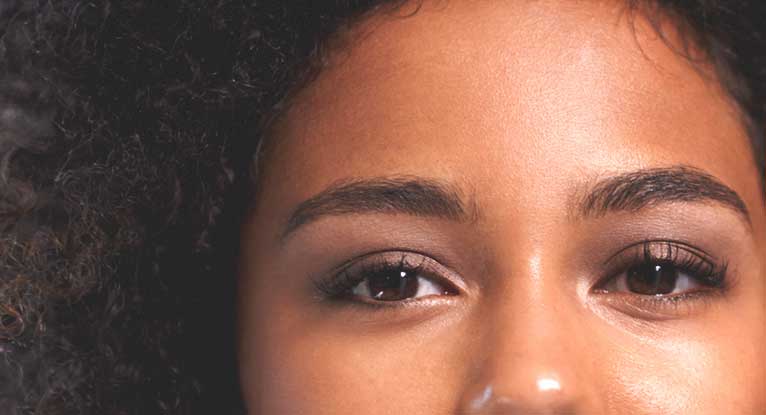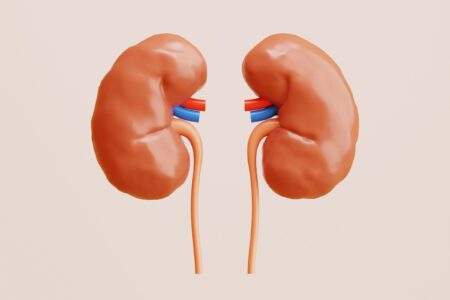Xerophthalmia is a condition that results in dry eyes. It can cause discomfort and lead to vision problems if not treated. This blog post will discuss the symptoms, causes, and treatment of xerophthalmia. We will also provide tips on keeping your eyes healthy and preventing xerophthalmia from occurring.
Let’s get started.
What is Xerophthalmia?
Xerophthalmia is a condition that results from a deficiency of vitamin A. It can lead to problems with vision and, if left untreated, can even cause blindness. The most common symptom of xerophthalmia is dryness of the eyes, which can make them feel gritty or sandy. Other xerophthalmia symptoms include:
- Blurred vision
- Difficulty seeing in dim light
- Sensitivity to light
- Watering eyes
- Eye irritation
- Redness of the eyes
AskApollo is one of the best health libraries that you can refer to for getting all the necessary information related to Xerophthalmia.
Causes of Xerophthalmia
There are many possible causes of xerophthalmia, but the most common cause is a lack of vitamin A in the diet. Other possible causes include:
- Infections, such as measles or HIV
- Certain medications, such as isotretinoin (used to treat acne)
- Disorders that affect the production or absorption of tears, such as Sjögren’s syndrome or Stevens-Johnson syndrome
- Exposure to environmental irritants, such as smoke or sand
If you are at risk for xerophthalmia, it is important to see your doctor regularly so that any early symptoms can be detected and treated promptly.
Risk Factors of Xerophthalmia
Mentioned below are some of the significant risk factors of Xerophthalmia:
-
Malnutrition
One of the major risk factors of Xerophthalmia is malnutrition. Vitamin A plays a vital role in the function of our immune system and helps protect our eyes from infection. When we don’t have enough vitamin A, our body becomes more susceptible to infections, which can lead to Xerophthalmia.
-
Poverty
Living in poverty is one of the biggest risk factors for xerophthalmia. This is because poor people often don’t have access to clean water, proper nutrition, and healthcare. Without these basic needs, their bodies are more susceptible to infection and disease.
-
Liver Problems
Liver problems can also lead to xerophthalmia. This is because the liver is responsible for storing vitamin A. When the liver isn’t functioning properly, it can’t store as much vitamin A, which can lead to a deficiency.
-
Lack of Nutrition Education
Without proper nutritional education, people living in poverty are more likely to develop xerophthalmia. Poverty-stricken areas often lack access to necessities like clean water and adequate sanitation facilities. This lack of resources can lead to many health problems, including xerophthalmia.
-
Chronic Diseases
Chronic diseases last long and can be controlled but not cured. Xerophthalmia is one such disease. Though it cannot be cured, many things can be done to keep it under control and reduce the symptoms.
How is Xerophthalmia Treated?
An essential thing in the treatment of xerophthalmia is to prevent further progression of the disease. This can be done by increasing the intake of vitamin A through diet or supplementation. In severe cases, vitamin A injections may also be necessary.
In addition to preventing further progression, the treatment also focuses on relieving symptoms and improving vision. Artificial tears and ointments can help relieve dryness and irritation. If there is corneal damage, surgery may be necessary to improve vision.
The Bottom Line
Xerophthalmia is a severe condition that can lead to blindness if left untreated. If you suspect that you or someone you know has xerophthalmia, it’s important to see a doctor right away. There are treatments available that can help improve vision and prevent further damage.







